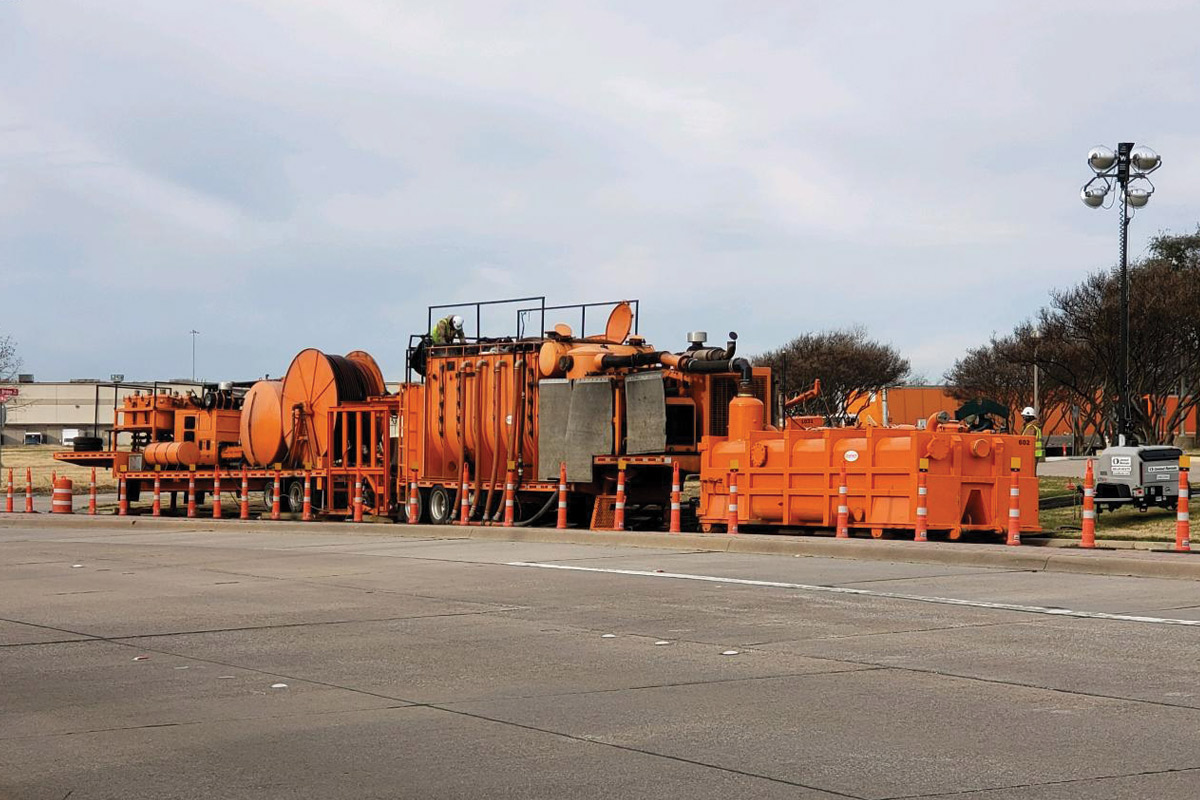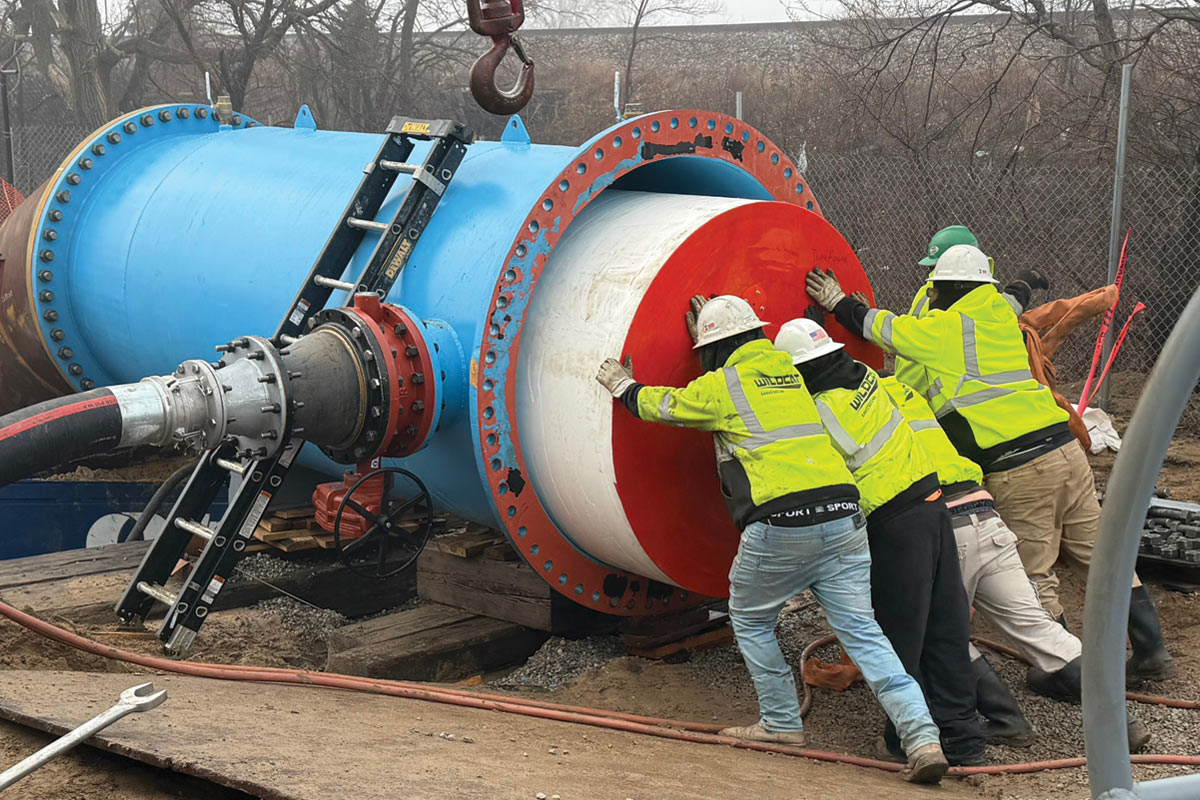
Selecting the Right Fleet Management System
Contractors are always in search of the latest and greatest equipment that they can add to their sewer and drain cleaning, inspection and repair toolbox. The hope is that these new technologies will improve their earning potential.
Often, these new technologies are on the customer-facing side of the business, yet there are technologies available on the back end that can increase revenue through costs savings. One of those technologies is the use of fleet management/telematics software.
Though not a new technology by any stretch, what was once a technology more often used by large companies, with national fleets, is now firmly in place across all white van service industries. In the fleet management world, there are several big-name companies that are easily recognizable by name and there are also many that fall into the medium and small range. Costs and quality of services can vary greatly in this spectrum as well. With such a large swath to choose from, what should a business owner looking to add fleet management — or looking to change providers — consider?

To find out, we reached out to Angela Coles, director of customer relations for OnPoint AVL and Navigation. The first thing to establish is, whether your company needs a fleet management system.
The short answer, she says, is that any time a company has vehicles that are used by employees and not strictly owner/operators, it’s a good idea to invest in a fleet management system. Even an owner/operator can benefit from a system’s capability to integrate with dispatching systems, monitor equipment maintenance intervals and offer the peace of mind of in-car camera systems, to name a few of the benefits.
So, you’ve established that a fleet management system is right for your company. The first recommendation is obvious, but it’s one that bears repeating whenever making decisions that will impact your business and your pocketbook.
“You need to look for a reputable company,” she says. “It’s a no-brainer, but why I say that is that I have run into a lot of people who got set up with somebody who was cheap and easy, and it was a complete nightmare. They wasted a bunch of time and money only to turn around and have to buy another system, install it and learn it.”
This is easier said than done and goes beyond looking at reviews, it’s best to ask questions of the company. Inquire about the hardware that they provide, the frequency of ping rates and the quality of the map data. It’s also important that the service offers easily accessible dashboard and driver reporting, as well as industry-specific training to best suit your needs.
“Too often in this industry, telematics companies spec out third party hardware. It has latitude, longitude and directional speed, but at a much cheaper cost,” Coles says. “People don’t realize that when they buy from GPS Company B, who offers their equipment for free vs. GPS Company A who charges $250 for the equipment. If that free equipment doesn’t work properly or breaks all the time, the company generally loses more than what that initial $250 investment would have been.”
Ping rates are a key component of the hardware. This is the part of the system that relays equipment data to the server. The industry standard is 2-5 minutes with less expensive systems pinging at 5 to 10 minutes or slower.
Closely associated with ping rates is quality map data. Most fleet management providers buy their map data in packets. The quality of this map data can vary. When coupled with slow ping rates, the owner can never get true, actionable data, on where their employee and equipment is. Coles notes that there is a correlation between faster ping rates and more high-quality map data.
“On top of having bad hardware, if you have longer ping rates, your system isn’t providing you with the most accurate and actionable data,” Coles says. It is having this actionable data that will return the best investment to an owner.
It’s also important, Coles says, to not buy the “novelties” of fleet management system. When the systems were first brought to market, many business owners bought in based on getting driver alerts, for example.
“That’s a technology of the past,” she says. “The systems were sold on the concept of catching a guy who is speeding or the worker who is doing side jobs. The real benefit of the system is using fleet management to teach and help lower your operating costs.”
As the industry evolved, it became evident that the real-time notifications were less useful than receiving weekly or monthly reports that show accurate driving trends that an owner can look at alongside an employee.
“As a business owner having accurate data to show the employees is key. You can coach the ones who need coaching, rather than appearing as a boss who wants to just bust them,” Coles says. “You can also reward those who are following the company’s rules. This scenario improves buy-in from employees as it increases their efficiency and improves morale at the company. This in turn improves the company’s [overall] efficiency, lowers operating costs and lowers liability.”
Mike Kezdi is managing editor of Pipe Cleaning PRO.




